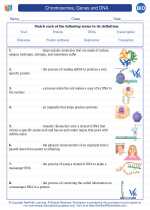Food Chain: Explained and Studied
A food chain is a linear sequence of organisms through which nutrients and energy pass as one organism eats another. It represents the flow of energy and nutrients through an ecosystem. A typical food chain in a terrestrial ecosystem may start with plants, then move on to herbivores, and finally to carnivores. Each organism in the chain is a link that contributes to the transfer of energy and nutrients.
Components of a Food Chain
1. Producers: These are organisms, usually plants, that can produce their own food through photosynthesis. They form the base of the food chain by converting sunlight into energy that other organisms can use.
2. Primary Consumers: These are herbivores that feed on producers. They are the second link in the food chain and obtain energy by consuming plant material.
3. Secondary Consumers: These are carnivores that feed on herbivores. They are the third link in the food chain and obtain energy by consuming primary consumers.
4. Tertiary Consumers: These are carnivores that feed on other carnivores. They are the fourth link in the food chain and obtain energy by consuming secondary consumers.
Study Guide
Here are some key points to remember when studying food chains:
- Understand the concept of trophic levels and the roles of producers, primary consumers, secondary consumers, and tertiary consumers in a food chain.
- Learn about the flow of energy and nutrients through a food chain and how it is represented.
- Explore the concept of food webs and how they represent the interactions between different food chains within an ecosystem.
- Study the factors that can impact food chains, such as changes in population sizes, environmental disturbances, and human activities.
- Consider real-world examples of food chains in different ecosystems, and how they are influenced by biotic and abiotic factors.
Understanding food chains is essential for comprehending how energy and nutrients move through ecosystems, and how the interactions between organisms shape the dynamics of natural environments.
Now that you have a thorough understanding of food chains, you can further explore the topic through practical examples and ecosystem simulations to solidify your knowledge.
[Food Chain] Related Worksheets and Study Guides:
.◂Biology Worksheets and Study Guides High School. Chromosomes, Genes and DNA
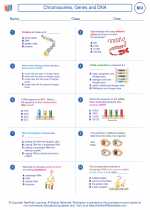
 Worksheet/Answer key
Worksheet/Answer key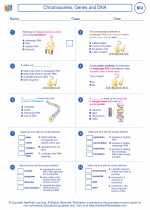
 Worksheet/Answer key
Worksheet/Answer key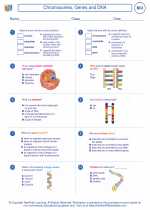
 Vocabulary/Answer key
Vocabulary/Answer key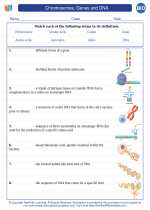
 Vocabulary/Answer key
Vocabulary/Answer key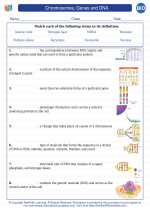
 Vocabulary/Answer key
Vocabulary/Answer key